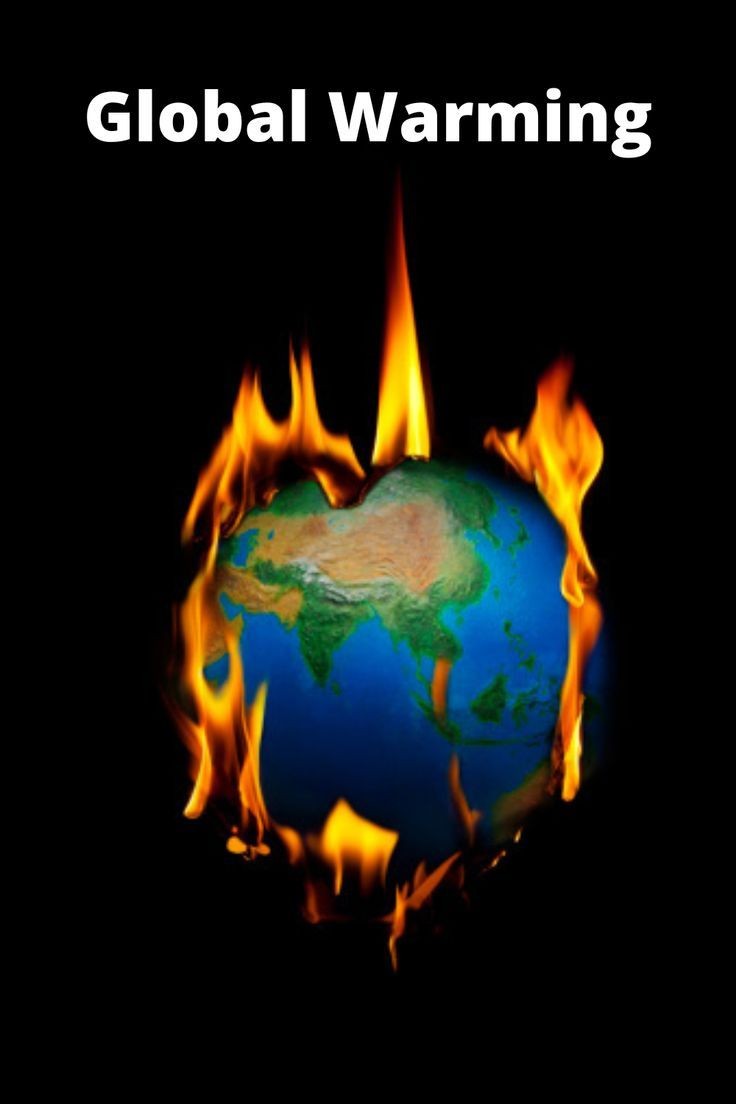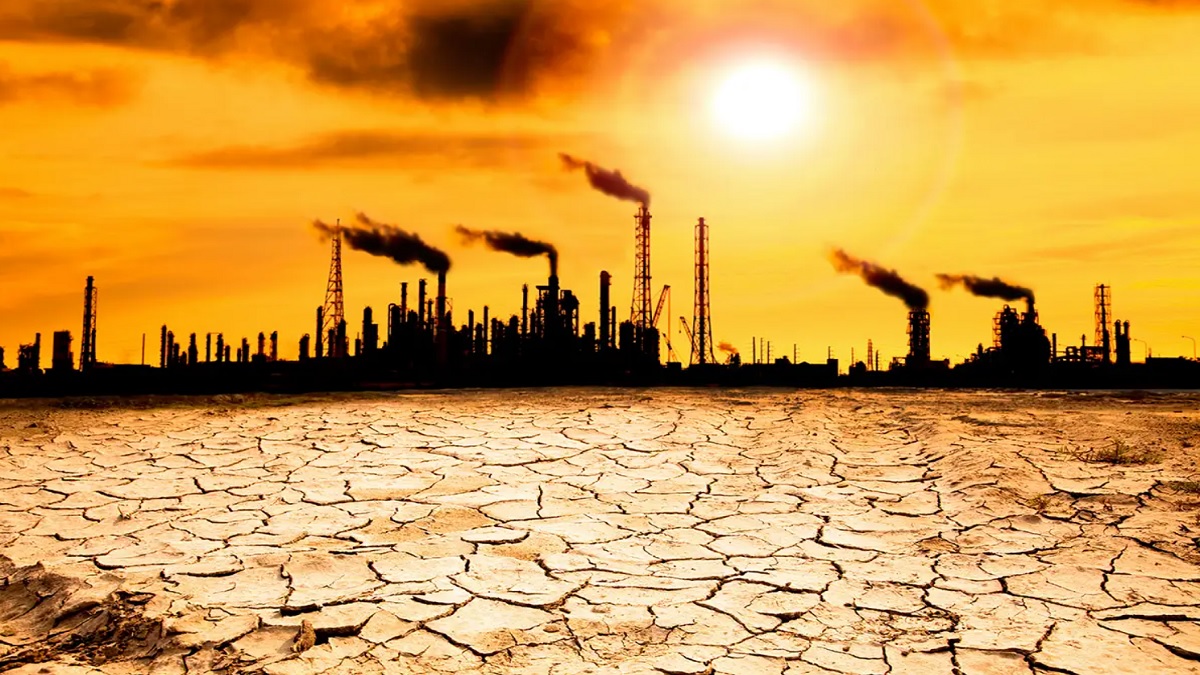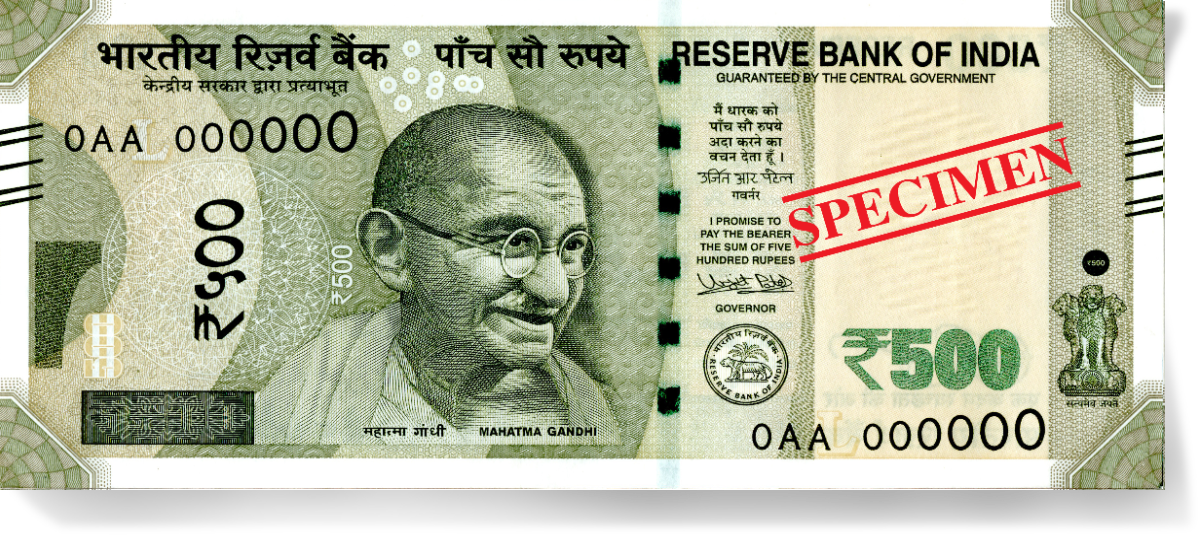Global Warming -
IIT KGP study Over Indian Earth Surface Temperature:
Scientists have expressed concern over the continuously rising temperature of the Earth, as the rise in global temperature is worrying for the world.
Once again, scientists have given a warning that is quite alarming.
Scientists say that in the coming time, there will be no feeling of winter weather.
Like Mumbai, where the weather is the same for 12 months, the same kind of weather will be all over the world. The cold that falls in December-January will not be seen in the coming few years. And the reason why scientists say this is one reason, which is related to the temperature of the Earth, which is constantly rising.
There has also been a research on this, the results of which are shocking.
According to a research by IIT-KGP, the surface temperature of India is likely to increase by 1.1 to 5.1 degrees Celsius by 2100.
IIT Kharagpur has done a special study on the temperature of the Earth.
In the research paper titled "Surface Temperature Change and Future Projections in India during 1980-2020: Cause-Effect Relationship of Drivers and Trends", published in the journal Nature last month, it is said that the temperature in the Indian region can increase due to high emissions. The temperature can go up to 5.1 degrees Celsius, which is almost equal to the upper estimate of the global average increase.
Greenhouse gas emissions cause temperature rise :
According to scientists, the actual increase in temperature in the Indian region so far has been much lower than the global average. The surface temperature of the Earth has increased significantly since the beginning of industrialization. High emissions of greenhouse gases have made a significant contribution to global warming and climate change, which is expected to continue. The scientists of the institute used surface, satellite and reanalysis data for the period 1980-2020 to investigate the long-term trends in surface temperature in India and assessed the impact of geo-physical factors and human activities on temperature change using the causal factor research method. During the research, an increase in temperature was observed during the pre-monsoon and post-monsoon seasons in the northwest, northeast and north.Scientists have considered six major factors for this increase, one of which is the activities associated with work and development done by humans, due to which the temperature of the earth is constantly rising.
Research done in collaboration with the Meteorological Department :
IIT Kharagpur's lead researcher and Associate Professor Jayanarayanan Kuttipuram said that this study was done in collaboration with the Indian Institute of Tropical Meteorology in Pune, which provided weather data for the research, on the basis of which the research paper was made.
Scientists have looked at the surface temperature in India in the last 40 years and then made estimates for the temperature up to 2100.
We have used a lot of data. Especially the data received from the Indian Meteorological Department, which was provided by the Indian Institute of Tropical Meteorology.
According to this, the average temperature is likely to increase by 3.5-5.1 degrees Celsius by 2100, as greenhouse gas emissions could triple by 2075.
However, many measures are being taken to reduce emissions, but if emissions do not decrease, it may reach 3 degrees Celsius, which will cause an increase in the temperature of the Earth by 5.1 degrees Celsius.
This is how the temperature of the Earth increased in the last 4 decades
Professor Jayanarayanan Kuttipuram, along with his 3 PhD scholars and a scientist from the Indian Institute of Tropical Meteorology in Pune, researched the increase in the temperature of the Earth and it took them more than 2 years to reach the estimates.
The study also said that the temperature increase in the country in the last 4 decades has been 0.1 to 0.3 degrees Celsius per decade during the pre-monsoon and 0.2-0.4 degrees Celsius per decade during the post-monsoon.
Temperature increase was seen all over the country after the monsoon, with the most significant temperature increase in the western Himalayan region (0.2-0.5 degrees Celsius per decade) and northeast India (0.1-0.4 degrees Celsius per decade).
In the last 4 decades, the average temperature in October and November has increased by about 0.01 to 0.03 degrees Celsius per year in northwest India, the west coast of India and peninsular India.
During the period December-February in the last 4 decades, the temperature has increased by about 0.01 to 0.02 degrees Celsius.


























